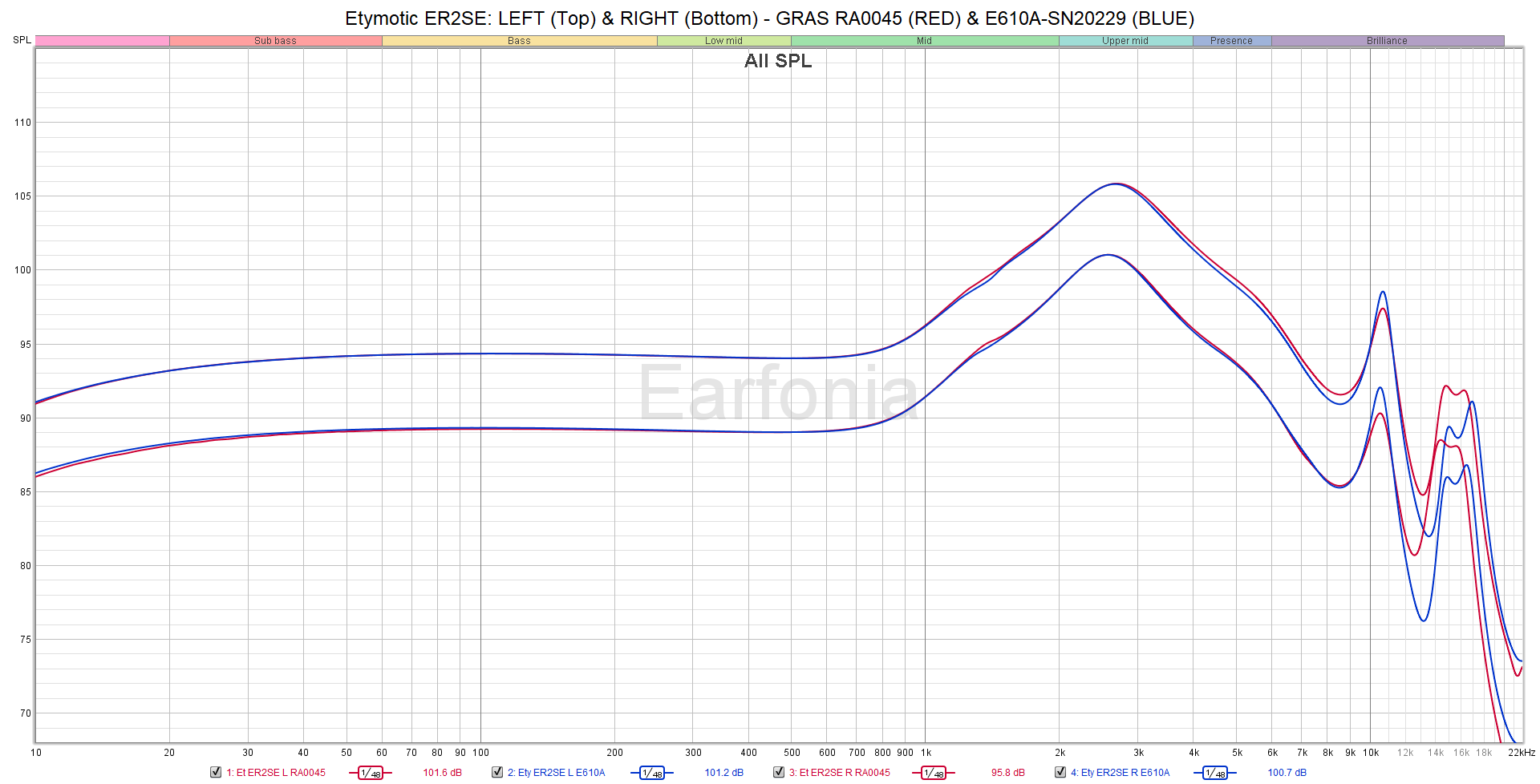Sorry for the slow reply folks - too many things going on this week.
Some bookkeeping issues:
1) I don't actually know who's up next.
@McMadface had mentioned
@crinacle and
@oratory1990 were
interested, but that was a while ago. I've not been in touch with either of those guys directly and I know they don't hang
out much on headfi much these days.
@oratory1990's headfi account doesn't even seem to be active anymore. I'll reach out on Discord, but
I believe
@oratory1990 is in Austria, so
@crinacle may be geographically closer?
If there's anybody in the rough proximity of Singapore who'd be interested in receiving the tour package, time to speak up!
Otherwise, the folks that are waiting in Europe and the US still need another couple of months, so,
@earfonia,
I'd suggest if nobody else speaks up, just hang on to the kit for now.
2) I think we've probably answered most of the initial burning questions about the performance of the various couplers.
I haven't pushed all the data yet, but we have measurements for those tour IEMs for all types of coupler
(clone and otherwise, including GRAS and B&K). When I find the time, I'll try to do a meta-analysis of the data we
have and write up some conclusions. Going forward, I think the most logical and useful continuation of this
tour is exactly what
@earfonia has just done, i.e., to take one of the better-quality clone couplers and calibrate it
to match a known yardstick like the GRAS RA0045. (Some clone couplers do come with their own calibration curves,
but even then, those calibration curves seem to be of questionable quality.)
3) I have a confession to make... Before sending the tour package on to
@earfonia, I re-measured all the IEMs.
I wanted to check that I could perfectly match the measurements made a year ago. That was a fun learning
exercise. No issues matching the Sony MH755. I also managed to perfectly match the ER2SE, but matching the treble
was a LOT of work. I must have done about two dozen measurements, all with slightly varying tip-on-stem fit
and insertion depths. I finally got an excellent match, but it does show what a giant crapshoot the treble is.
There's no right or wrong - it's all just a physical consequence of different depths and volumes.
One of the IEMs (Samsung/AKG EO-IG955) gave me a lot more grief and I couldn't quite match the levels
of sub-bass I'd previously measured. I don't think this is burn-in though

I have to offer profuse apologies
for slightly tampering with that IEM. When I was experimenting with the various mems mics, I went through a stage
where I thought it would be a good idea to use cyanoacrylate glue on the stem of the IEM to hold the mems mics
in a consistent position and orientation. That worked great - cyanoacrylate glue sticks to plastic really, really well.
The problem is/was getting it off afterwards. If you look carefully at the nozzle stems on that IEM, they're not
perfectly smooth and round anymore. I think I may have inadvertently created a very small front-vent mod. It's not
a large effect, but it's probably large enough that I should upload newer measurements for that particular IEM.
@McMadface - is your shared Google drive still active? If so, can you please pm me and remind me how to access it?
I can then push the REW mdat files for all these IEM/coupler combinations.
































 I have to offer profuse apologies
I have to offer profuse apologies

